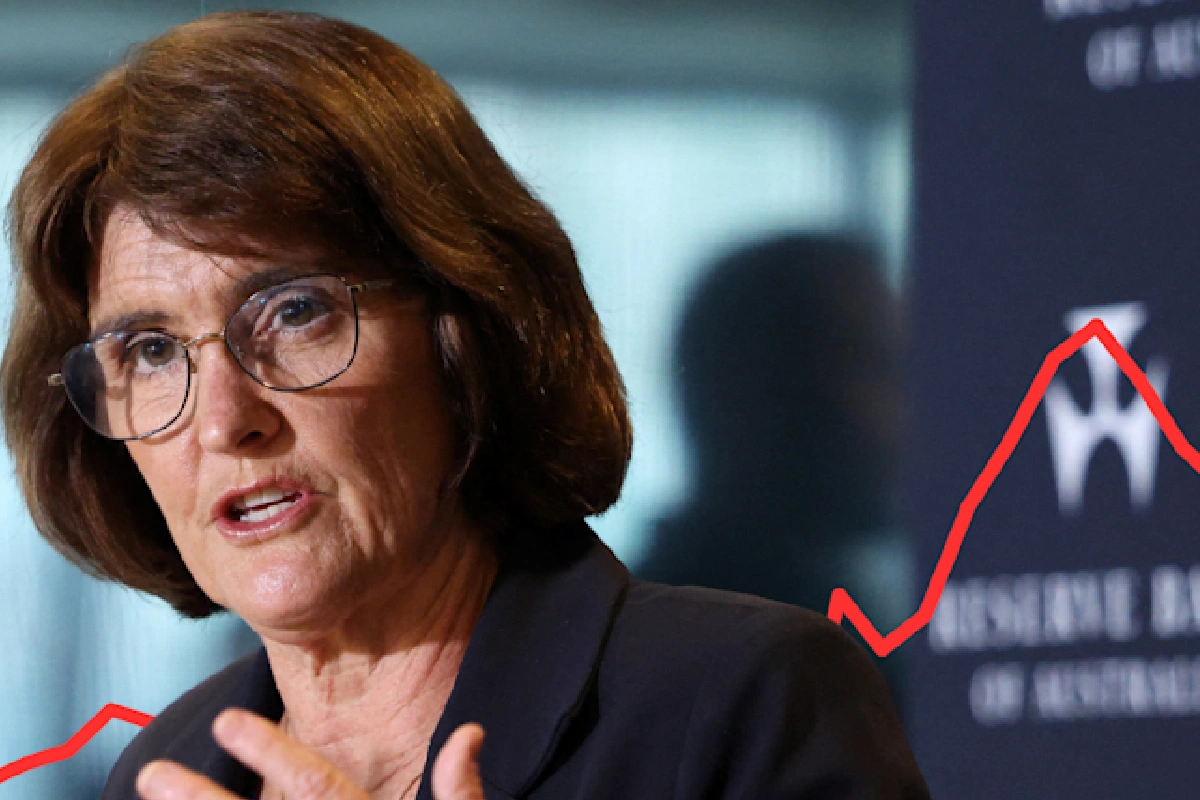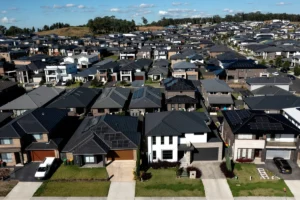The Reserve Bank of Australia (RBA) has decided to keep the official cash rate steady at 3.6%, confirming predictions from the nation’s four major banks and sending a message of “patience” to borrowers hoping for signs of monetary easing.
Governor Michele Bullock said, earlier today, that despite indications of a cooling labour market, “inflation remains persistently above target,” and the RBA needs more time to be confident that price declines are sustainable.
“We’ve made significant progress in stabilising prices without losing the gains in employment. But we can’t afford to relax just yet,” Bullock noted, reiterating the Bank’s goal of returning inflation to the 2–3% range by mid-2026.
Reasons behind the decision
Recent data shows annual inflation rose to 3.2% in September, up from 2.1% in June, with the trimmed mean reaching 3%, exceeding the RBA’s forecast of 2.6% by year’s end. Meanwhile, unemployment climbed to 4.5% — the highest level in four years — as around 34,000 Australians lost their jobs.
Despite these trends, analysts from Commonwealth Bank, NAB, ANZ, and Westpac all expected the RBA to choose “stability” over risk. NAB’s chief economist Sally Auld commented, “The Bank needs more time to be sure inflation is returning permanently to target. Borrowers may need to wait until mid-2026 for any meaningful relief.”
Reactions and outlook
Markets reacted mildly to the decision, as it had largely been anticipated. However, some economists, i argued the RBA “could have moved earlier, given the rise in unemployment and the stabilisation of underlying inflation.”
While banks are expected to hold mortgage rates steady, many homeowners expressed disappointment at the lack of immediate relief.
The RBA’s next meeting is scheduled for December, but most analysts now consider it unlikely that any rate changes will occur before the second half of 2026.












